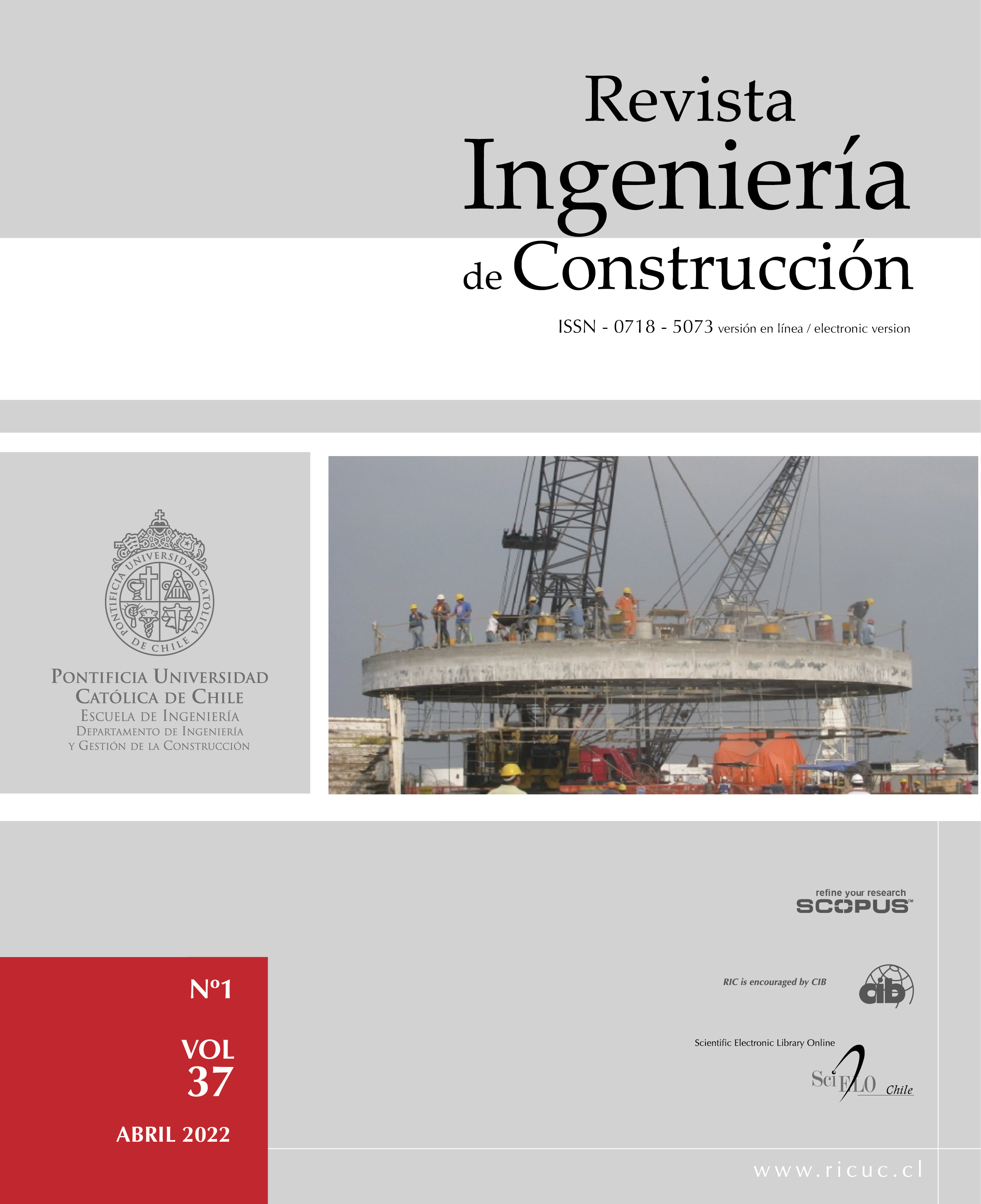Risks involved in vertical shafts construction for the eastern drainage tunnel in Mexico
DOI:
https://doi.org/10.7764/ric.00016.21Keywords:
risks, workers, shafts, construction, tunnelAbstract
This article describes the main stages involved in the construction of the vertical shafts (large-diameter vertical wells), which are necessary for the subsequent construction of the tunnel´s sections. The different risk situations existing during the construction of the Eastern Drainage Tunnel in the valley of Mexico City (in Spanish, "Tunel Emisor Oriente") are analyzed. In order for this 52 km-long and 7.5 m-wide tunnel to carry part of the city’s sewage, 25 shafts must first be built, ranging from 55 to 150 meters deep. The magnitude of such a project implies working in different geographical areas and varied geological strata involving the presence of groundwater, which increases the risks due to possible landslides or flooding during excavation. As digging will occur in different types of soil, varying procedures must be used depending on soil type. Likewise, due to the magnitude of this kind of project, detailed scheduling and planning are required as simultaneous works on different fronts are necessary to meet deadlines. The study mentions that, while projects like these involve high risks for workers, analysis of activities and situations are conducted precisely to demonstrate that such risks can be considerably reduced.Downloads
Download data is not yet available.
Downloads
Published
2022-04-30
How to Cite
Jiménez, V. ., Rocha, . L. ., & Poó, A. . (2022). Risks involved in vertical shafts construction for the eastern drainage tunnel in Mexico. Revista Ingeniería De Construcción, 37(1), 102–116. https://doi.org/10.7764/ric.00016.21
Issue
Section
Case Studies


